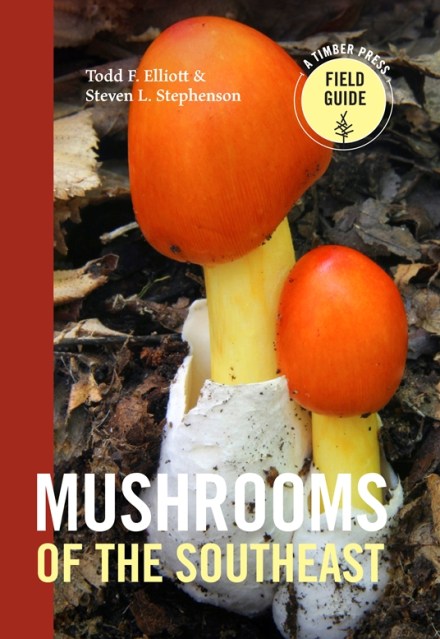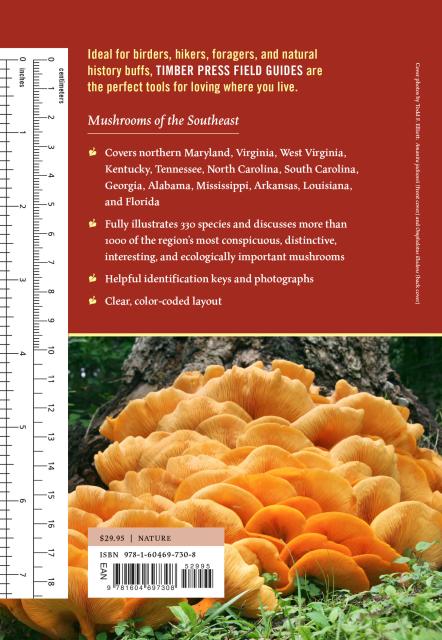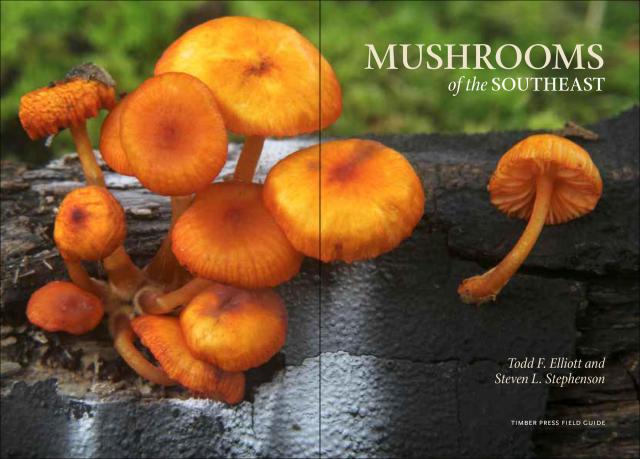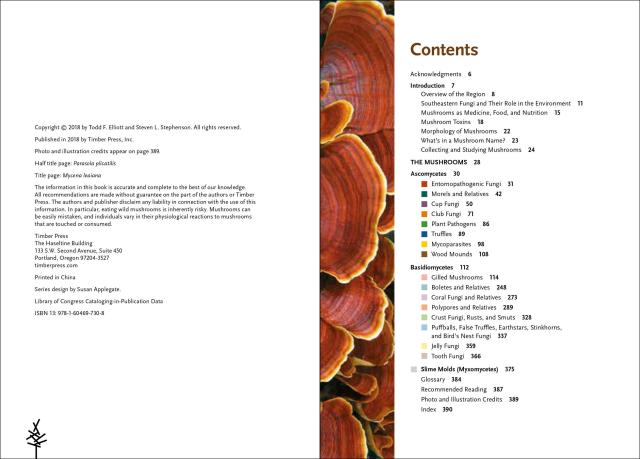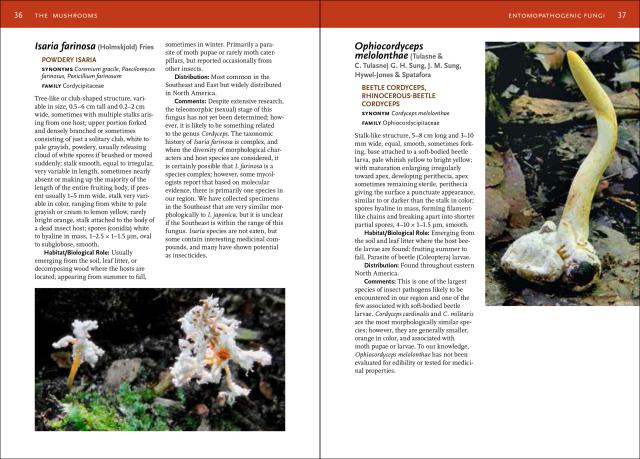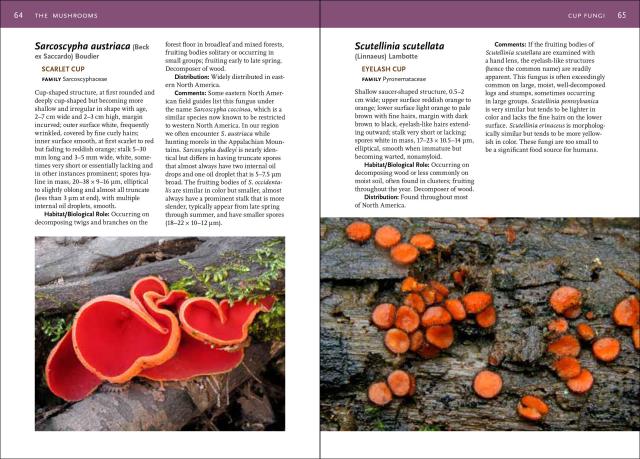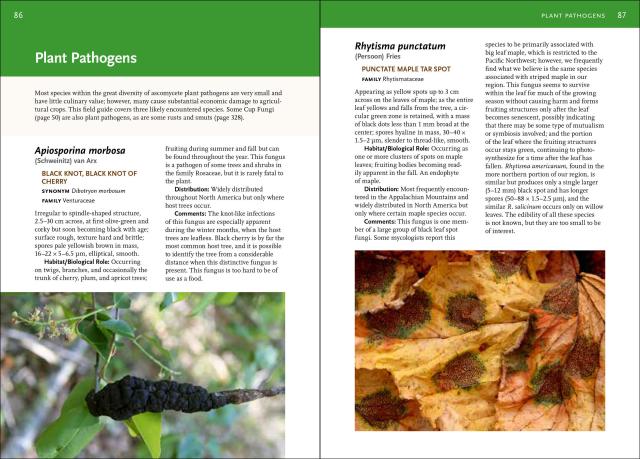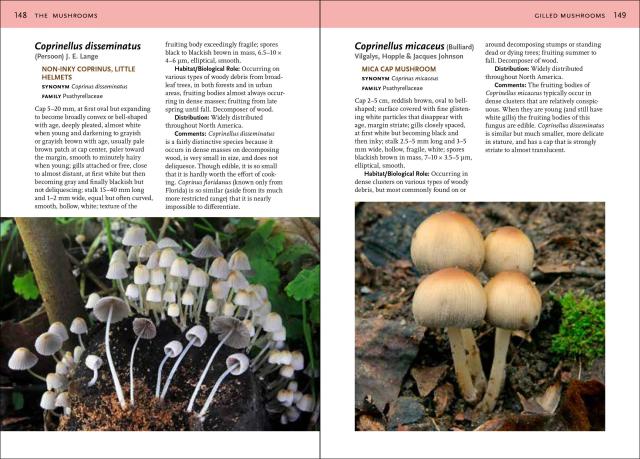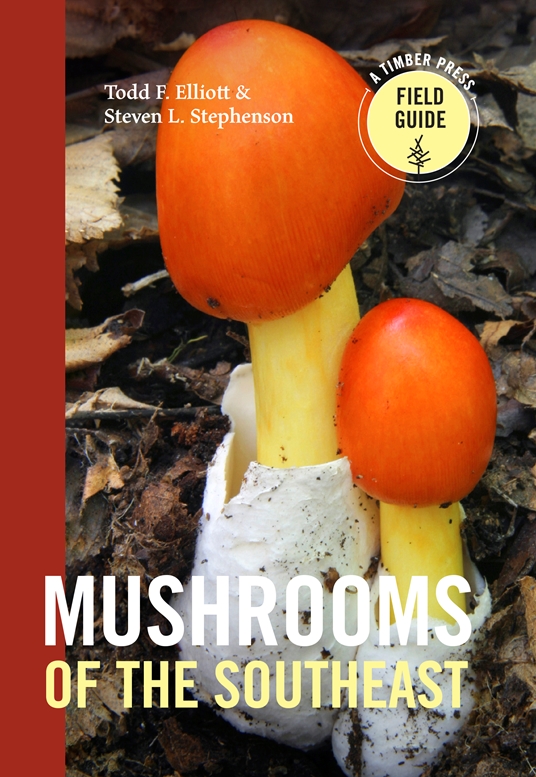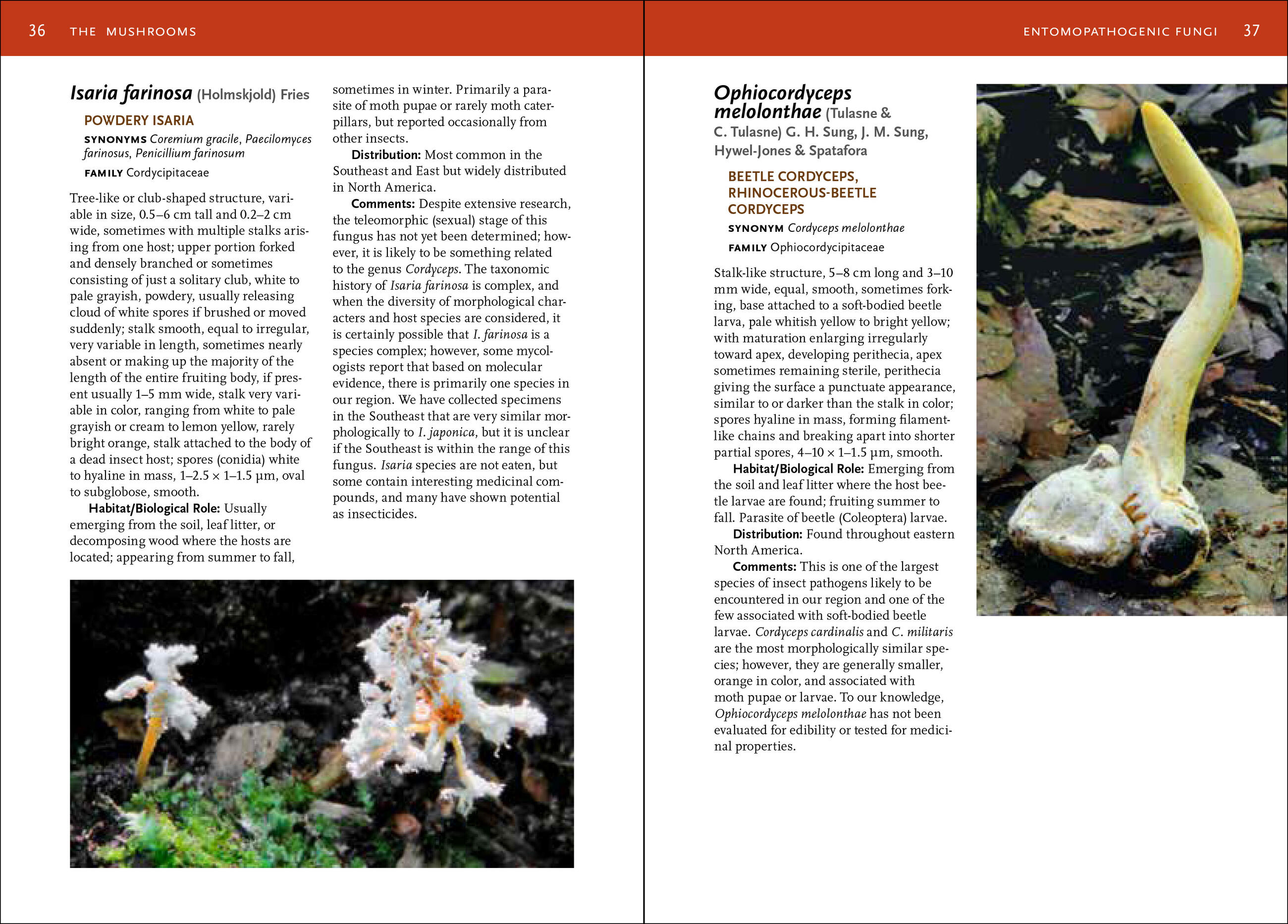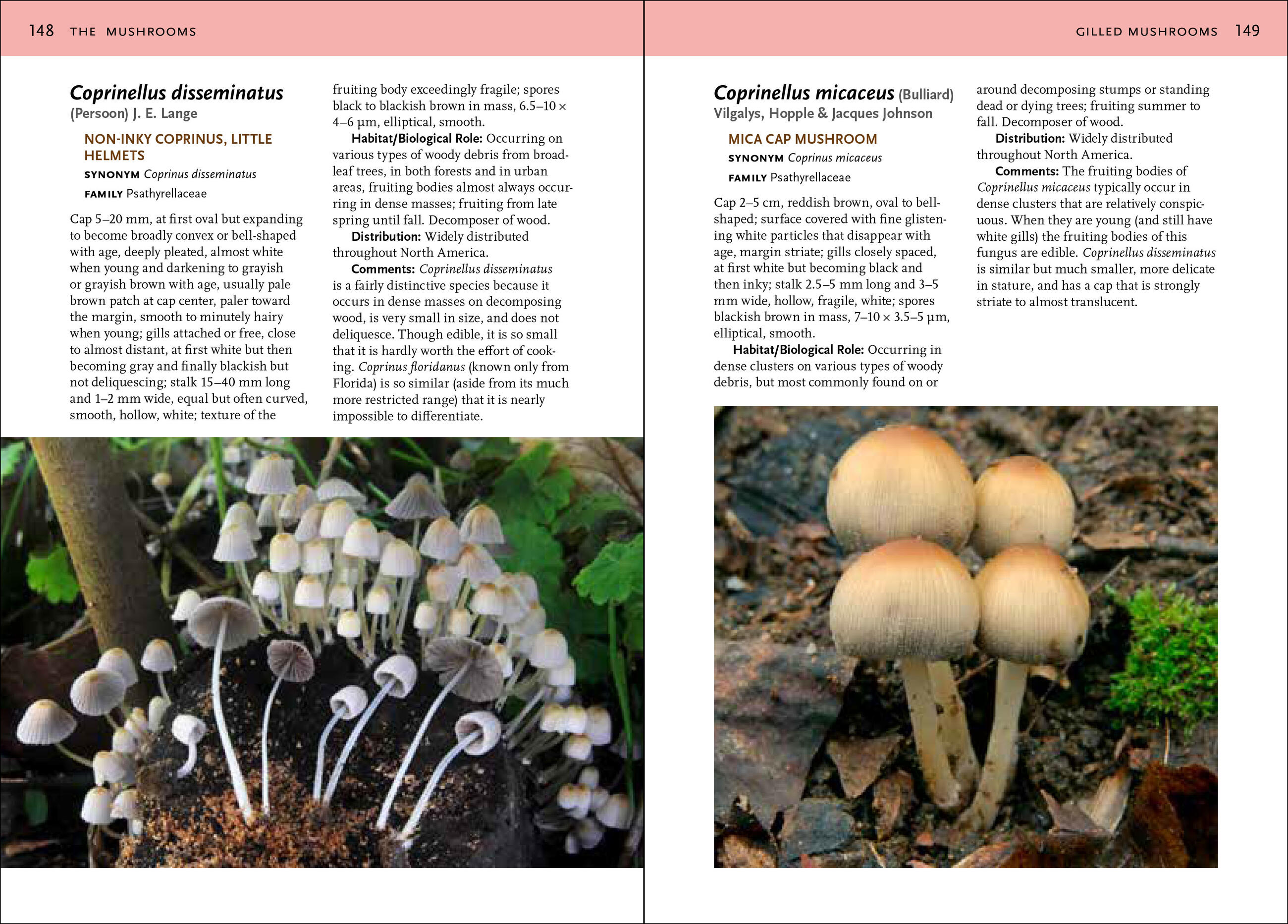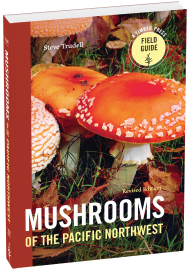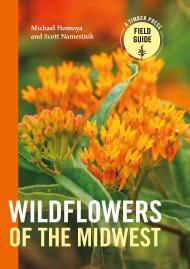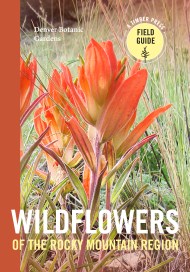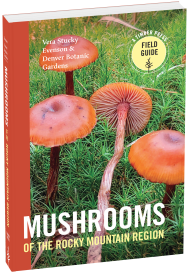Promotion
Use code MOM24 for 20% off site wide + free shipping over $45
Mushrooms of the Southeast
Contributors
By Steven L. Stephenson
Formats and Prices
Price
$29.95Format
Format:
- Trade Paperback $29.95
- ebook $13.99 $17.99 CAD
This item is a preorder. Your payment method will be charged immediately, and the product is expected to ship on or around January 24, 2018. This date is subject to change due to shipping delays beyond our control.
Also available from:
Ideal for hikers, foragers, and naturalists, the Timber Press Field Guides are the perfect tools for loving where you live.
Mushrooms of the Southeast is a comprehensive field guide to the most conspicuous, distinctive, and ecologically important mushrooms found in the region. This useful guide features introductory chapters on the basics of mushroom structure, life cycles, and habitats. Profiles include color photographs, keys, and diagrams to aid in identification, and tips on how to recognize and avoid poisonous mushrooms.
- Covers Alabama, Arkansas, northern Florida, Georgia, Kentucky, Louisiana, Maryland, Mississippi, North Carolina, South Carolina, Tennessee, Virginia, and West Virginia
- Describes and illustrates more than 350 species
- 348 photographs, with additional keys and diagrams
- Clear, color-coded layout
Genre:
-
“Southeastern mushroom identifiers will need this book. . . to maximize their chances for success. It offers appropriately detailed, up-to-date coverage in an attractive, conveniently sized, and reasonably priced package. Buying it should be an easy decision for mushroomers in the Southeast.” —The Mycophile
“An engaging field guide to fungal fruiting bodies of the American Southeast. . . . a useful guide for amateurs and professionals alike.” —Choice Magazine
"Wonderful… I love any book with a ruler designed into the back cover so you can measure your specimens.” —Quail Ridge Books
“An essential guidebook for mushroom hunting, the perfect social distancing sport.” —The Daily Press
- On Sale
- Jan 24, 2018
- Page Count
- 408 pages
- Publisher
- Timber Press
- ISBN-13
- 9781604697308
Newsletter Signup
By clicking ‘Sign Up,’ I acknowledge that I have read and agree to Hachette Book Group’s Privacy Policy and Terms of Use
